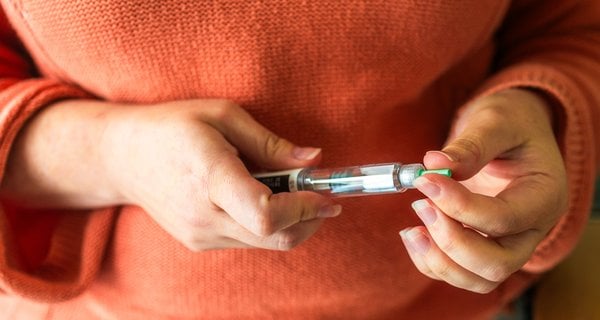Investigating the level of calorie reduction required to dramatically improve health across the UK.
Nesta’s goal is to halve the prevalence of obesity by 2030. This means that we want obesity levels to return to the same level they were in the early 1990s. To do this, we wanted to calculate how many calories need to be removed from diets to achieve the necessary levels of weight loss.
Examples of real life products and their replacements to reduce caloric intake are visualised below.
We calculated the amount of weight people would need to lose to halve obesity rates in England by comparing the BMI distributions of 1991-2 to those of 2019, using the Health Survey for England (HSE) figures. The work involved first calculating for each respondent in the health survey sample a body weight target that would shift the BMI distribution back to that of 1991-92 and then working out the amount of calories that each person would need to cut to meet the target body weight using the model developed by Hall et al (2011). This model is considered the gold standard in the field and was also the basis of the Department for Health and Social Care’s CALORIE Model. We have performed all analysis separately for men and women and also for different body mass index categories and the details of this analysis can be found on the Open Science Framework.

Excess weight and general population – daily calories reduction
Image Description
This image consists of two bar charts. The first bar chart shows the average daily calorie reduction required in the UK general population in order to halve the prevalence of obesity.
The bar chart is grouped by sex (men and women) and the bars represent how many calories are currently consumed on a daily basis by the general population, and how much of a daily calorie reduction is required to halve the prevalance of obesity.
For men, the average required calorie reduction is -165kcal/day. For women, it is -115kcal/day.
The second bar chart shows the average daily calorie reduction required for people in the UK who live with excess weight in order to halve the prevalence of obesity.
The bar chart is grouped by sex (men and women) and the bars represent how many calories are currently consumed on a daily basis by people living with excess weight, and how much of a daily calorie reduction is required to halve the prevalence of obesity.
For men living with excess weight, the average required calorie reduction is -241kcal/day. For women living with excess weight, it is -190kcal/day.
We have found that halving obesity prevalence would require a small reduction in daily intake among people living with excess weight (excess weight is defined as having a Body Mass Index of 25 or higher). We estimated this to be 216 kcal daily on average, made up of 241 calories for men and 190 for women. This is equivalent to around an 8.5% reduction.
This sort of small, but sustained reduction across very large numbers of people points us towards population-level interventions in the food environment such as reformulating food, reducing junk food advertising and shifting price promotions towards healthier foods. We do not suggest or propose that these calorie reduction figures should be used to set individual calorie reduction targets for people.








